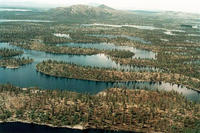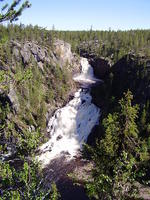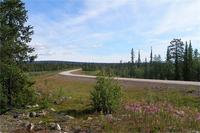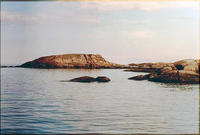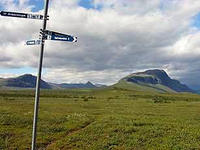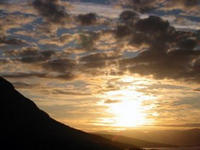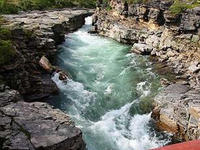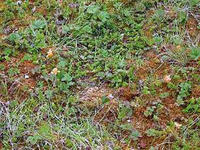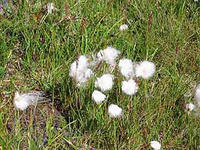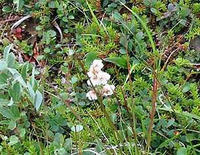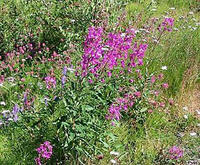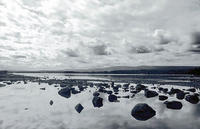You are in: Europe -> Sweden -> Laponian Area, and traditional search or Image Gallery will yield results of this site only
Laponian Area
| Site number: | 774 |
|
| Type of site: | Mixed | |
| Date: | - | |
| Date of Inscription: | 1996 | |
| Location: | Europe, Sweden, County of Norrbotten, Municipalities: Gällivare, Jokkmokk and Arjeplog | |
Up to 75 images are shown here. Click on each for more details or on Image Gallery for more images.
Six official UN languages:
Arabic,
Chinese,
English,
French,
Russian,
Spanish
Other languages: Dutch, German, Norwegian- nynorsk, Norwegian-bokmål, Portuguese, Swedish
Other languages: Dutch, German, Norwegian- nynorsk, Norwegian-bokmål, Portuguese, Swedish
| Description: | The Saami, or Lapp people, reside in the Arctic Circle region of northern Sweden. It is the world’s largest, and among its last, areas embracing an ancestral lifestyle rooted in the seasonal movement of livestock. The Saami direct their vast reindeer herds towards the mountains every summer through a natural landscape that up till now has preserved, but at present is threatened by the arrival of motor vehicles. In the glacial moraines and shifting water courses, historical and continuing geological processes can be observed. --WHMNet paraphrase from the description at WHC Site, where additional information is available. | |
| The Laponian area is a large mountainous wildlife area in the Swedish Lapland province in northern Sweden, more precisely in the Gällivare Municipality, Arjeplog Municipality and Jokkmokk Municipality. It was made a UNESCO World Heritage Site in 1996. The total area is about 9400 km², making it the world's largest unmodified nature area which is cultured by natives -- the natives in this case being the reindeer herding Sami people. Being so large, the geography of the area varies greatly. Each nature reserve and national park has its distinctive features. 95% of the area is protected as national parks or nature reserves. It consists of the national parks Muddus, Sarek, Padjelanta and Stora Sjöfallet, and the nature reserves Sjaunja and Stubba. The other 5% are in the areas of Sulitelma, Tjuoltadalen, and Rapadalen. The village Porjus is a natural port to the Laponian area and has recently opened an information center. The highest mountain of the area is Sarektjåhkkå, at 2,089 meters. --Wikipedia. Text is available under the Creative Commons Attribution-ShareAlike License. | ||
| Source: | http://whc.unesco.org/en/list/774 | |
| Reference: | 1. UNESCO World Heritage Center, Site Page. | |


